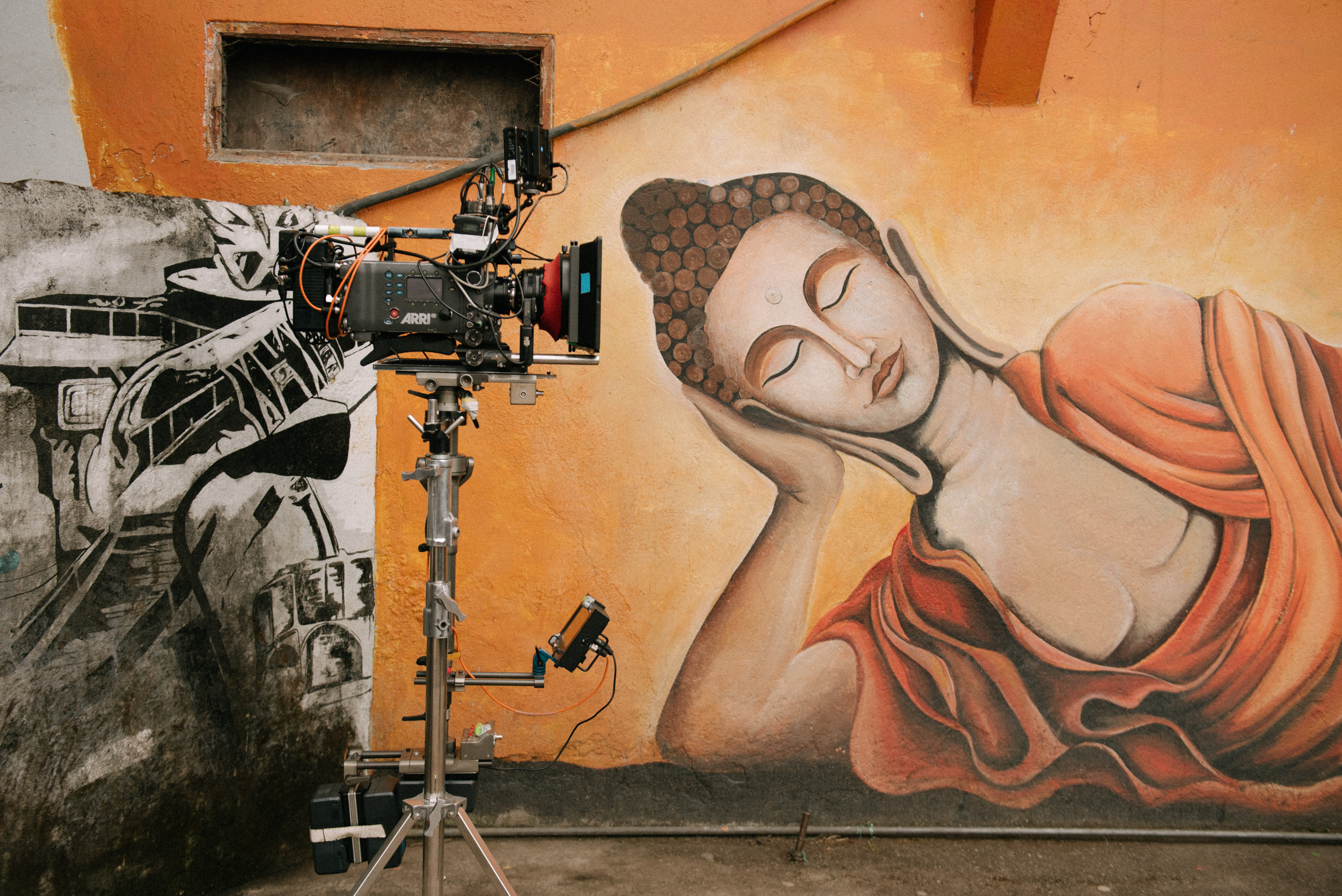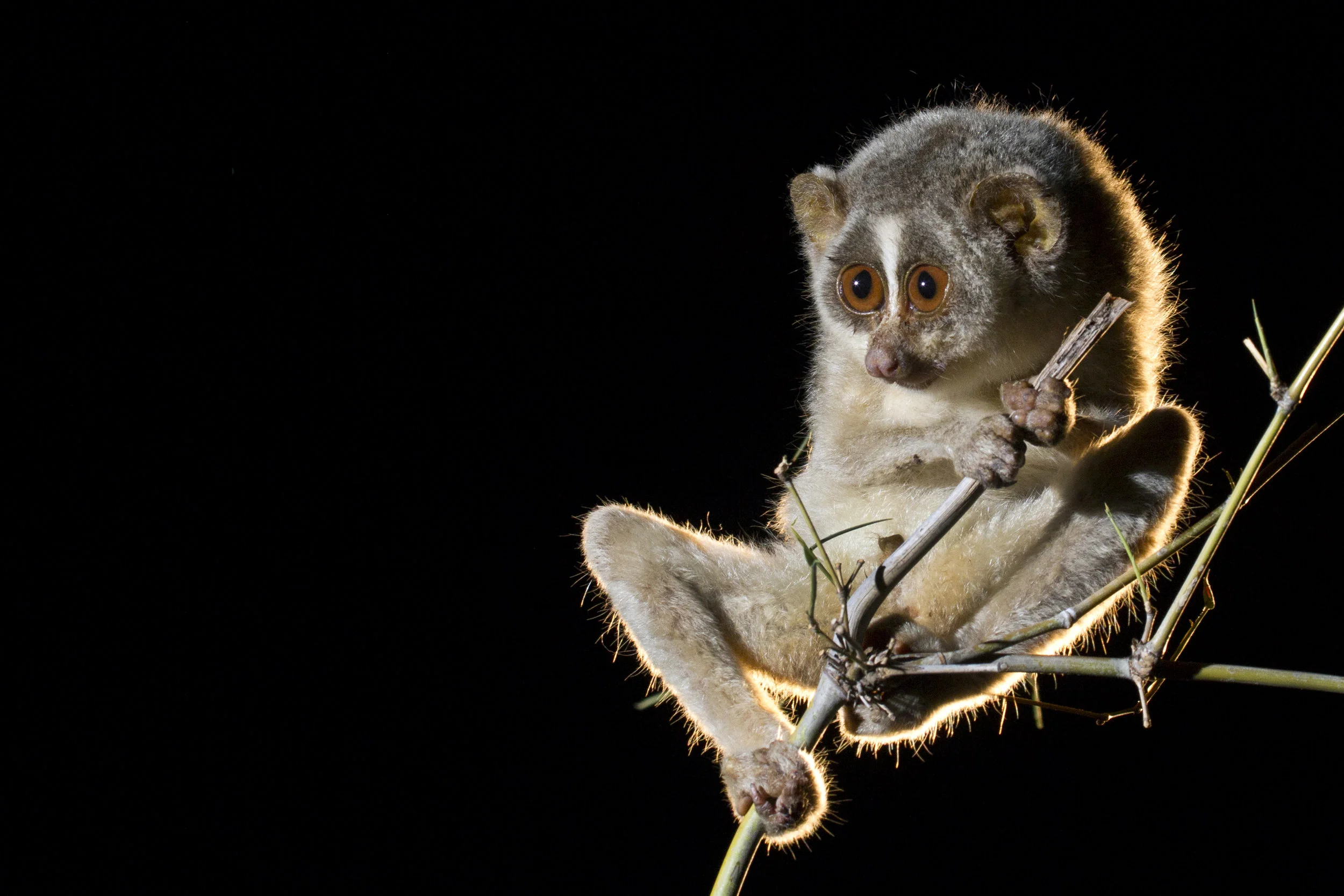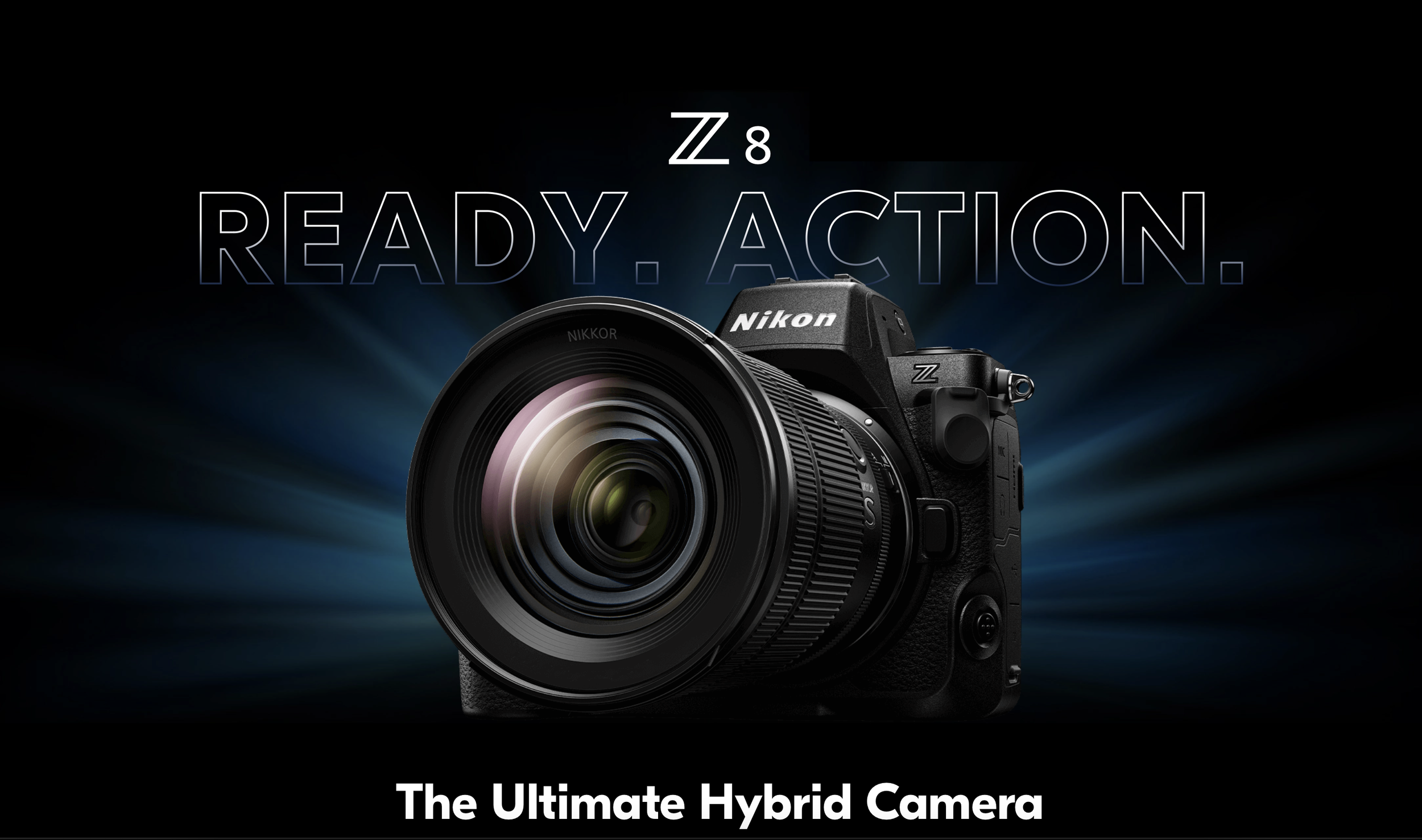
Wildlife Photography - The Sad Reality | Diinesh Kumble in frame with Gorky M
We, the ones with reasoning, have it upon us to show concern for these animals.
Wildlife Photography is supposed to be an art that’s bigger than itself. Because we, the ones with reasoning, have it upon us to show concern for these animals.
“Wildlife photography is a genre of photography concerned with documenting various forms of wildlife in their natural habitat.”
Photograph by © Diinesh Kumble
As a wildlife photographer, you try to capture the diversity and the behavior of these animals in their natural habitat because we don’t see them very often. But the burgeoning of social media and the availability of top end cameras in the hands of every person has also increased wildlife tourism in the last couple of years. What used to be a moment of awe has now turned into an opportunity to photograph a wild animal as a means of validation on social media. Enthusiastic tourists don't even read up on the rules and regulations before diving in with their cameras, and they seem to be getting more and more desensitized with every attempt or Safari.
There is also a need for high-end camera gear to be able to photograph these animals without becoming a nuisance, and most of the tourists forego these requirements because it’s a one time thing.
Live and let live. Photograph by © Diinesh Kumble
“Calling yourself a wildlife photographer adds a bit of glamour (to their personality). They think that they’ve done something. They’ve shot an animal for fun.”
About a decade ago, wildlife photography was conducted by passionate photographers who had to stick out in the wild, with no amenities like electricity or food. There were certain challenges to the art and only the ones who had planned enough were able to make a difference. There was a major emphasis on not disrupting the laws of nature. You could forget about cellphone receptions, too.
“What brought me to wildlife photography was the passion to be out in the open and amongst nature. ”
An increase in the popularity of wildlife photography combined with the desperation of forest officials to make a quick buck has enabled them to turn a blind eye to any unethical practices by the amateur and safari guides. This often has devastating consequences, and it’s mostly the animals that suffer.
Wildlife photography is an art that also needs your compassion. Photograph by © Diinesh Kumble
The disturbance caused by the increasing number of off-road trips taken by safari agents, camera flashes being triggered, catcalling and hooting have led some of the bigger animals to attack the jeeps and tourist vehicles, sometimes even wounding people fatally. And the number of these attacks is increasing by the day.
Wildlife tourism is booming, and with more and more people paying visits to wildlife sanctuaries, herds are motivated to migrate to a different territory, often encountering human settlements on the way and panic stricken villagers don’t always take kindly to a tiger in the vicinity.
ALSO READ: “There isn’t a demand for in-depth stories like there used to be" - National Geographic Photographer Ira Block
Some reckless photographers have resorted to feeding the animals, playing back recordings of mating calls to get a close-up shot of an exotic or preserved species. The safari guides bring their jeeps too close to the animals on the whim of their clients just so they can score a close-up photograph.
Rare Species: a lion tailed macaque photograph by © Diinesh Kumble
“Today wildlife photography has become like game-hunting. Instead of killing an animal, you’re taking a picture of it. But the way the people chase (the animal) sometimes, it hurts to look at it.”
A lot of times, the malpractices are discovered and the responsible persons are suspended or fined, but it has become a mindset of forest officials to employ unethical means to help their clientele get their spectacular #WildlifeShot
SOURCE: Getty Images
To be able to make a difference, we have to practice patience and kindness in equal measure. Sometimes, not disrupting a natural habitat is more important than getting a coveted picture. The animals are not there for our amusement.
The surge in the wildlife tourism industry has also resulted in saturation of wildlife photography. Anyone with a camera thinks they can go on a Safari, come back with a few pictures and pass it off as wildlife photography. “There are not many people who can tell the difference between an image taken by a wildlife photographer, and a regular person”, says Diinesh Kumble.
“There’s a very thin line between safari photography and wildlife photography which is being muddled today. A lot of people think that by going on a safari three hundred times in a jeep is wildlife photography. It is not. You go in a jeep just to protect yourself.”
Slender Loris are a genus that’s native to India and Sri Lanka. Picture by © Diinesh Kumble
And it’s not just the pictures you’re there for. As a wildlife photographer, you also have a responsibility towards the animals you’re photographing, believes Diinesh Kumble. He has an affinity for a small species called the Slender Loris, commonly known as Paapa or Kaadoo around Karnataka. However, there are many myths surrounding the creature, one of them being that it has magical properties - which has lead to the poaching of this little creature in order to be sold on the black market. Click here to watch a video documenting this unspeakable trade based on superstition and hearsay.
Every year, hundreds of Slender Lorises are smuggled illegally to meet the demands of the exotic pet trade. Photograph by © Diinesh Kumble
Diinesh has been instrumental in speaking and campaigning for the preservation of the Slender Loris, and has even adopted it as the mascot for Kaadoo, one of the companies he helped form. If your heart goes out to these little creatures and you would like to make a difference, please visit http://www.peopleforpaapa.org/
While ignorance and unethical behavior certainly wounds the art of wildlife photography, you shouldn’t be discouraged to give it a go. Wildlife photography is a crucial field in photography. It contributes to the conservation of and in helping raise awareness on a species, not to mention the role it plays in ecological and biological studies and the various aspects of science. To learn more about wildlife photography, watch Diinesh Kumble speak with Gorky M on the nuances of the craft by clicking on the video below.
















